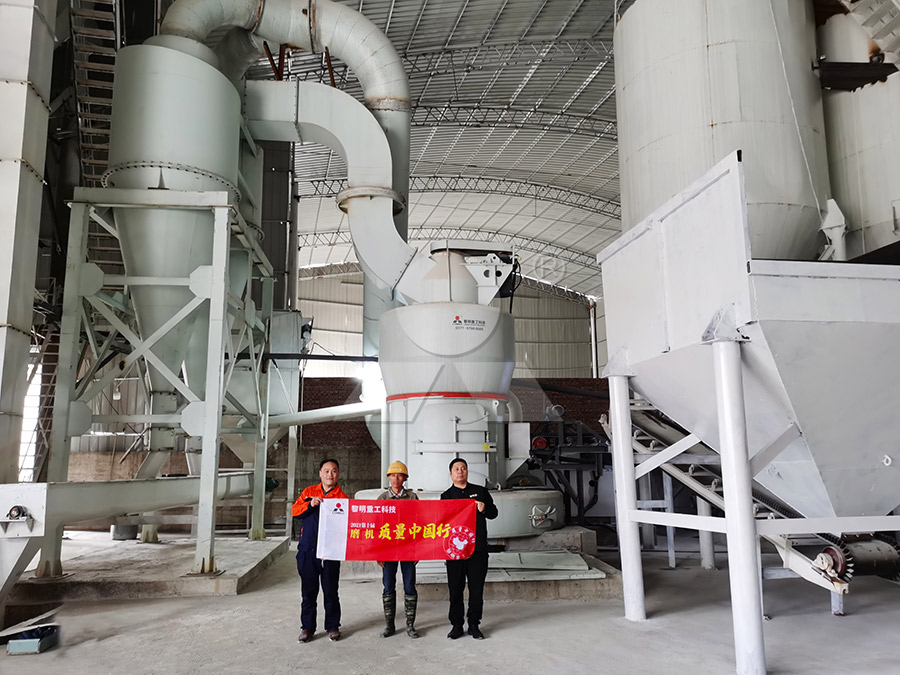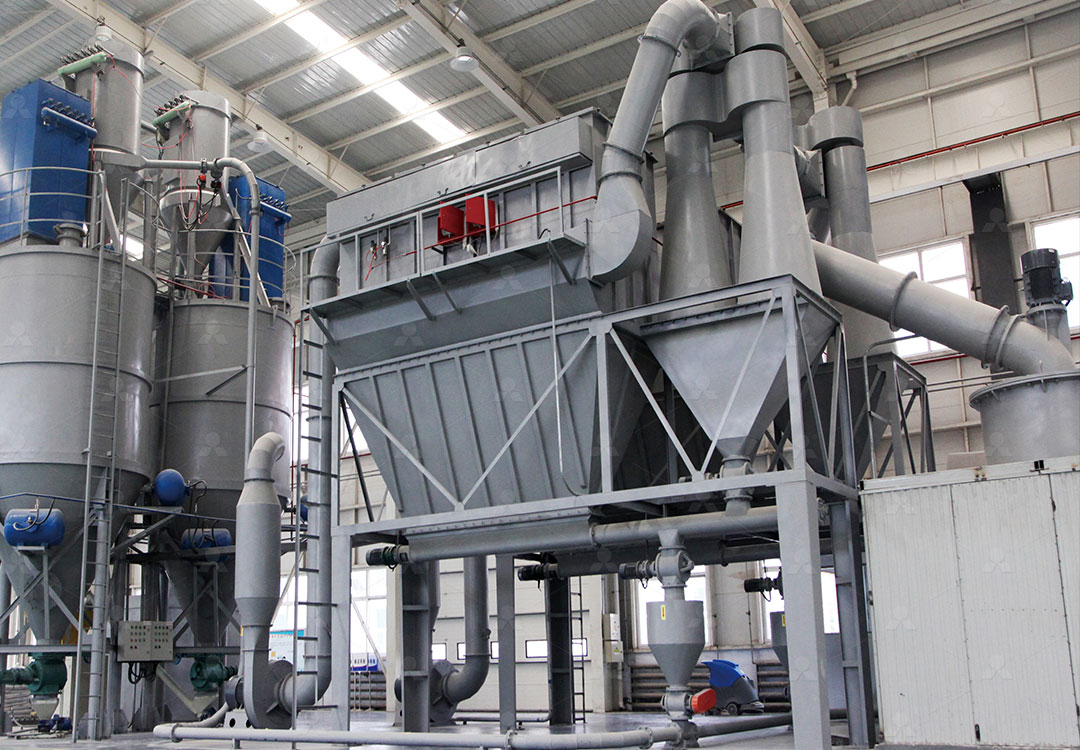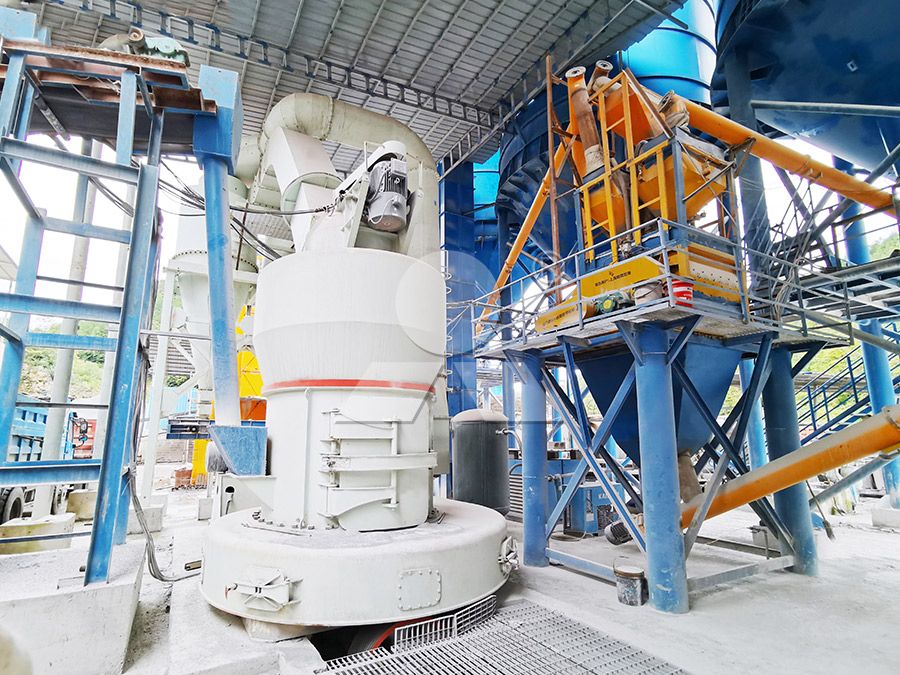Raymond Mill for Artificial Stone Powder Production
Raymond Mill for Artificial Stone Powder Production
The manufacturing of artificial stone has revolutionized modern construction and design industries, creating demand for precisely engineered stone powders with consistent particle size distribution. As manufacturers seek to optimize their production processes, the selection of appropriate grinding equipment becomes paramount to achieving desired material characteristics and operational efficiency.

Traditional grinding solutions often struggle to meet the specific requirements of artificial stone powder production, particularly when dealing with materials like limestone, calcite, dolomite, and barite. These materials form the foundation of many artificial stone products and demand careful processing to maintain their structural integrity and aesthetic qualities. The challenge lies in achieving uniform fineness while controlling production costs and environmental impact.
Technical Considerations for Artificial Stone Powder Processing
Producing high-quality artificial stone powder requires attention to several critical factors. Particle size distribution directly affects the binding properties and final strength of artificial stone products. The grinding process must generate powders with consistent morphology while minimizing iron contamination, which can compromise the color consistency of finished products. Additionally, thermal control during grinding prevents material degradation that could impact the curing process in downstream manufacturing.
Modern artificial stone formulations often incorporate multiple mineral components, each with distinct hardness and fracture characteristics. This complexity demands grinding equipment capable of handling varied feed materials while maintaining precise control over the final product specifications. The ideal solution should offer adjustable fineness, efficient classification, and minimal cross-contamination between production batches.

Advanced Grinding Solutions for Superior Results
For operations requiring ultra-fine powders with exceptional consistency, the MW Ultrafine Grinding Mill represents a significant technological advancement. With an input size capability of 0-20 mm and capacity ranging from 0.5 to 25 tph, this system accommodates various production scales. The mill’s innovative design eliminates rolling bearings and screws within the grinding chamber, addressing common failure points that plague conventional grinding equipment.
The MW Ultrafine Grinding Mill achieves adjustable fineness between 325-2500 meshes through its advanced German cage-type powder selector technology. This precision classification system ensures consistent particle size distribution critical for artificial stone production. Furthermore, the integrated pulse dust collector and muffler system maintains operational cleanliness while reducing noise emissions, making it suitable for facilities with strict environmental compliance requirements.
When processing demands call for vertical grinding solutions, the LUM Ultrafine Vertical Grinding Mill offers exceptional performance with input sizes up to 10 mm and capacities of 5-18 tph. Its unique roller shell and lining plate grinding curve promotes efficient material layer formation, enabling high finished product rates through single-pass powder milling. The double position-limiting technology provides operational stability by preventing destructive impacts between grinding components during unexpected vibration events.
Operational Efficiency and Maintenance Considerations
Beyond initial performance specifications, sustainable artificial stone powder production requires equipment designed for long-term reliability and minimal downtime. The reversible structure of advanced grinding mills allows operators to easily remove grinding rollers for inspection and maintenance, significantly reducing service interruptions. External lubrication systems enable continuous operation without shutdowns for maintenance, supporting 24-hour production schedules common in artificial stone manufacturing.
Energy consumption represents another critical consideration in grinding operations. Modern mills incorporate multi-head powder separating technology and optimized grinding curves that reduce energy requirements by 30-50% compared to conventional systems. These efficiency improvements directly translate to lower production costs and reduced environmental impact, aligning with sustainability initiatives increasingly important in construction materials manufacturing.

Future Trends in Artificial Stone Powder Production
The artificial stone industry continues to evolve with demands for more sophisticated material properties and specialized applications. Grinding technology must correspondingly advance to meet these changing requirements, particularly regarding particle morphology control and contamination prevention. Digitalization of grinding processes enables precise parameter control and real-time monitoring, ensuring consistent product quality across production batches.
As manufacturers expand their product portfolios to include engineered stones with enhanced characteristics, the flexibility of grinding systems becomes increasingly valuable. Equipment capable of processing diverse raw materials while maintaining tight tolerances provides competitive advantages in markets where product differentiation drives commercial success.
Frequently Asked Questions
What fineness range can be achieved with modern grinding mills for artificial stone production?
Advanced systems like the MW Ultrafine Grinding Mill can produce powders ranging from 325 to 2500 meshes, with screening rates achieving d97≤5μm in a single pass. This broad range accommodates various artificial stone formulations and binding requirements.
How does grinding equipment prevent iron contamination in artificial stone powders?
Modern mills employ specialized designs that minimize metal-to-metal contact in grinding chambers. The absence of rolling bearings and screws in critical areas, combined with electronic and mechanical limiting technologies, significantly reduces iron introduction during processing.
What environmental considerations are addressed by contemporary grinding systems?
Current grinding technology incorporates efficient pulse dust collectors, mufflers, and noise elimination rooms to minimize environmental impact. Closed-system operation under negative pressure prevents dust emissions, while energy-efficient designs reduce power consumption by 30-50% compared to traditional mills.
How does equipment selection vary between different production scales?
Manufacturers can select from systems with capacities ranging from 0.5 tph to over 300 tph, with vertical mills typically suited for medium-scale production (5-18 tph) and specialized ultrafine mills accommodating both small and medium operations (0.5-25 tph).
